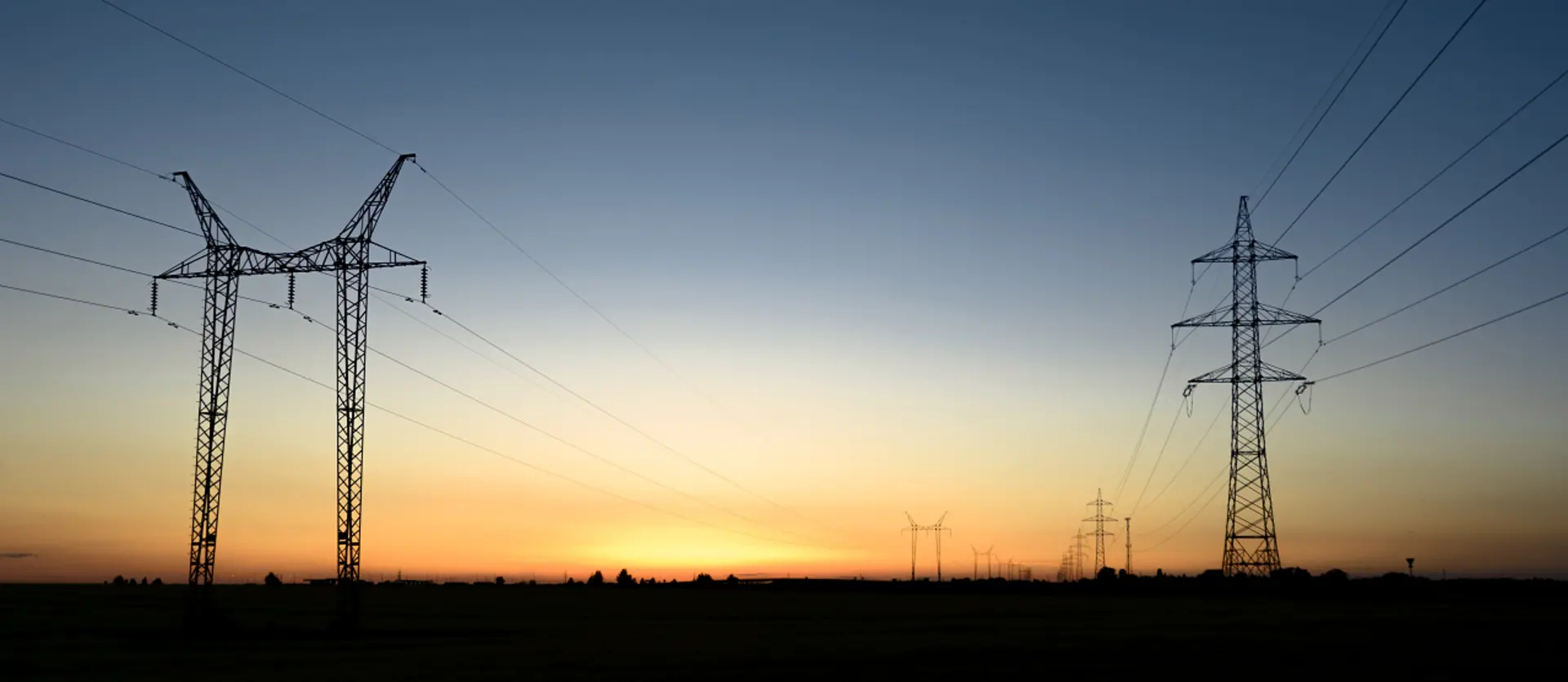Company name
Difebal S.A.
Project number
12041-01
Category B projects have potential environmental and/or social impacts and risks that are less adverse than those of a Category A and which are generally limited to the project site, largely reversible and can be mitigated via measures that are readily available and feasible to implement in the context of the operation.
E&S category

B
Country
Uruguay
Sector
Energy
Status
Completed
Disclosed date
04/03/2017
Projected date at which a project will be put forward for the Board of Executive Directors’ approval.
Projected board date

05/09/2017
Approval date
05/09/2017
Signed date
07/13/2017
Sponsoring entity
N/A
Investment Operations Department Contact
Portfolio Management Division
Investment type
Syndicated amount
USD $ 42,857,000
Financing amount
USD $ 38,096,000
Currency
USD
Project scope and objective
The Uruguayan national utility, Usinas y Trasmisiones Electricas (“UTE”) launched in July 2016 the bidding for the construction of a 213Km transmission line of 150Kv connecting the substation of Melo, with the station of Tacuarembó in the north-east of the country (the “Project”). This represents the first of several projects, which will be launched aiming to improve and upgrade the existing transmission network in the country. After an international bidding process, the Project was awarded in July to the Italian transmission company Terna S.p.A (“Terna”), a BBB rated company by S&P, a leading player in the European market with more than 15 years of experience in the construction of transmission lines.
The Project is structured under an Operating Lease, by which Terna, through a special purpose vehicle (“SPV”), Difebal S.A., will design and construct the transmission line, and once commercial operation is reached, UTE will carry out the operation and maintenance of the Project, and will pay Terna a monthly payment for 30 years as per the terms and conditions of the lease.
The estimated total cost of the Project is of up to US$100 million, which will be financed through an IDBG A/B loan consisting of an IIC A loan of up to US$10 million and IDB A loan of up to US$30 million, a China Fund Loan of US$20 million and a B loan of US$25 million to be provided by one commercial bank. The financial plan will be completed with equity contributions for an amount of US$15 million for 85/15 debt-to-equity ratio. Both the A and B loan tranches are expected to have a tenor of up to 15-years door-to-door.
The Uruguayan company SACEEM was contracted by Terna to carry out the design, supply, construction, and electromechanical assembly work on all Project components.
For information requests about the project.
Request informationLearn more about how we provide private-sector solutions in the region .
Contact information
For information requests about the project.
Request informationAlternatively, you may also use the following contact information :
Client Contact
N/A
PHONE NUMBER
N/A
POST OFFICE ADDRESS
N/A
For information requests about the project.
Request informationLearn more about how we provide private-sector solutions in the region .




Environmental and social review
IDB Invest conducts an environmental and social due diligence (ESDD) commensurate with the nature, scale, and stage of the project, and with its level of environmental and social risks and impacts. The ESDD will confirm the project E&S categorization and assess the project with respect to the client requirements in IDB Invest Environmental and Social Sustainability Policy. The results of the ESDD, including any identified gaps are described in the Environmental and Social Review Summary (ESRS) provided below. For projects approved as of 2016, any gaps with respect to IDB Invest's Environmental and Social Sustainability Policy at the time of the ESDD are addressed in the Environmental and Social Action Plan (ESAP) presented below, to comply with the date mentioned above.
ENVIRONMENTAL AND SOCIAL REVIEW
42.8 Kb